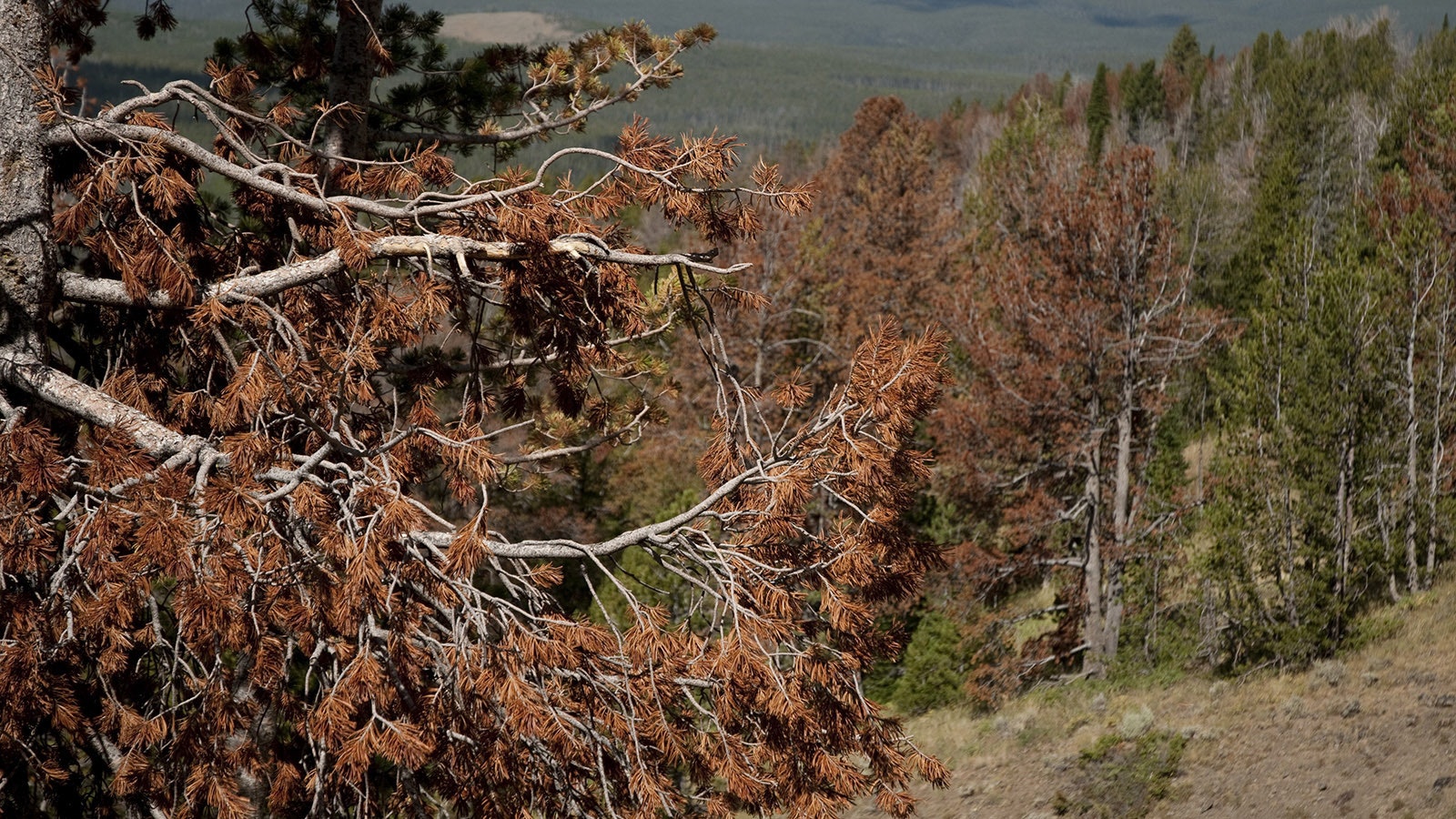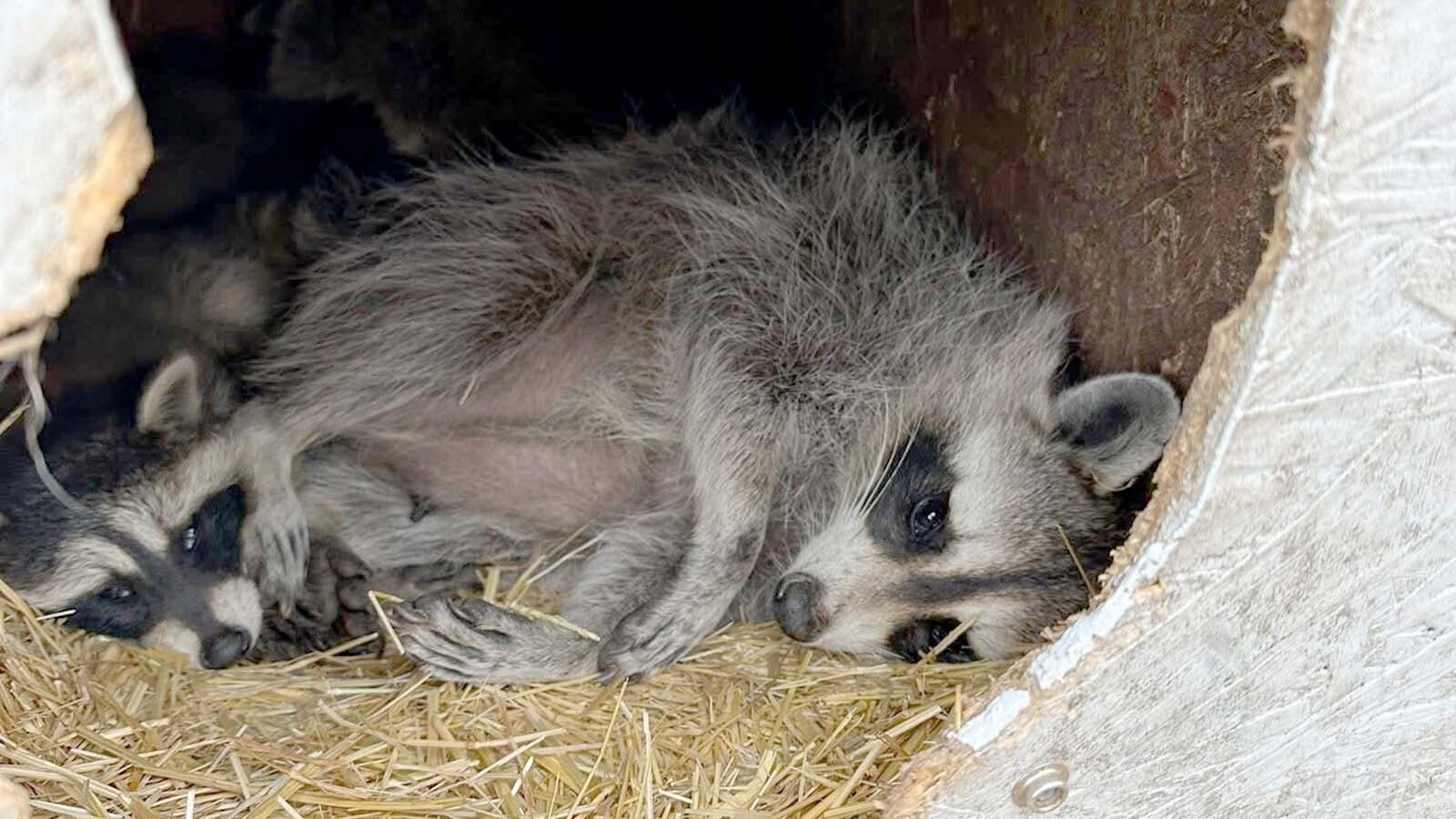Shotguns come in a variety of sizes, from diminutive .410s to 10-gauge shoulder cannons good for goose hunting. But old-time punt guns took things to ridiculously extreme levels.
They could be up to 10 feet long and weigh up to 200 pounds. They had one purpose — killing as many birds as possible, sometimes entire flocks, in a single blast.
They were named for the punts, or small, stealthy boats on which they were mounted.
Market hunters (who killed wildlife for profit) would drift in close to hapless flocks of ducks, geese and swans resting on the surface of the water.
And then they would fire a punt gun, loaded with a massive charge of black powder propelling up to a pound of shot – indiscriminately spraying their targets.
“They might have had a thousand projectiles in that big tube,” Scott Weber, owner of Gunrunner Firearms & Auctions in Cody, told Cowboy State Daily.
He said that over the decades he’s seen a few punt guns being bought and sold. But strictly as collector’s items.
Because punt guns were so devastating to the bird populations, some states started banning them for hunting as far back as 1860, according to the Boone and Crocket Club conservation organization.
In 1918, a federal ban was enacted, and the age of massacring waterfowl with punt guns ended.
One-Man Water Artillery
Up through much of the 1800s, market hunting was a lucrative business.
For-profit hunters in the American Midwest and West would kill everything they could, all year round, to supply a huge demand for game meat in restaurants back East.
Waterfowl weren’t the only birds getting blasted by punt guns back in those days.
Weber said that he can recall his grandfather telling stories of “the sky being black with passenger pigeons.”
Unfortunately for the pigeons, easterners who liked to dine out had a taste for them.
Weber said the old-timers would tell stories about passenger pigeons being caught in nets, and then blasted with punt guns.
The last known passenger pigeon died in captivity in 1914.
Waterfowl Hunting Has Changed Since Punt Gun Days
By the late 1800s, wildlife of all species was getting scarce. By the early 20th century there was concern that if the mass killing didn’t stop, numerous species of ducks, geese and swans would go the way of the passenger pigeon.
The push began to implement rules and regulations for hunting – aimed at long-term conservation of waterfowl, deer and other species.
Nowadays, waterfowl hunting looks completely different than it did during the age of punt guns.
Hunters go out only during set seasons and are restricted to shoulder-fired shotguns, no larger than 10-gauge.
Shotgun bore size designations are counterintuitive, insofar as the smaller the gauge number, the bigger the bore. So, a 10-gauge is essentially twice the size of a 20-gauge.
“Gauge” refers to the number of lead balls exactly the diameter of the bore it would take to equal a pound of lead.
Punt guns were typically designated as “one-bore” or, 1-gauge.
Most modern shotguns sling less than two ounces of shot, even in magnum waterfowl loads. So, that can give perspective to just how much shot punt guns belched out, at a pound per blast.
Also, shooting birds that are sitting still on the water – as punt gunners did – is considered unethical by modern standards. The term “sitting duck” might have been inspired by that practice.
Modern hunters shoot at birds on the wing, which are much harder to hit.
‘They Were A Really Big Crippler’
As any black powder enthusiast knows, black powder is far more corrosive than modern smokeless gunpowder.
So, black powder firearms that aren’t promptly and thoroughly cleaned after firing sessions can corrode.
Many punt gunners weren’t overly concerned with keeping their guns clean, Weber said. That, combined with the wet environment they were operating in meant that corrosion was rampant.
“A lot of the time, they’d shoot them until the barrel split, and then just throw them in the marsh” and go get another punt gun, he said.
That means that many of the punt guns still floating around on collectors’ circuits are heavily corroded, and probably couldn’t be fired.
Weber said he’s never fired one, or seen one being fired.
And he’s glad the age of randomly blasting flocks with massive punt guns is past. Along with the birds that were killed in the blasts, many others escaped wounded, only to suffer lingering deaths.
“They (punt guns) were a really big crippler. They crippled a lot of ducks,” he said.
Mark Heinz can be reached at mark@cowboystatedaily.com.










